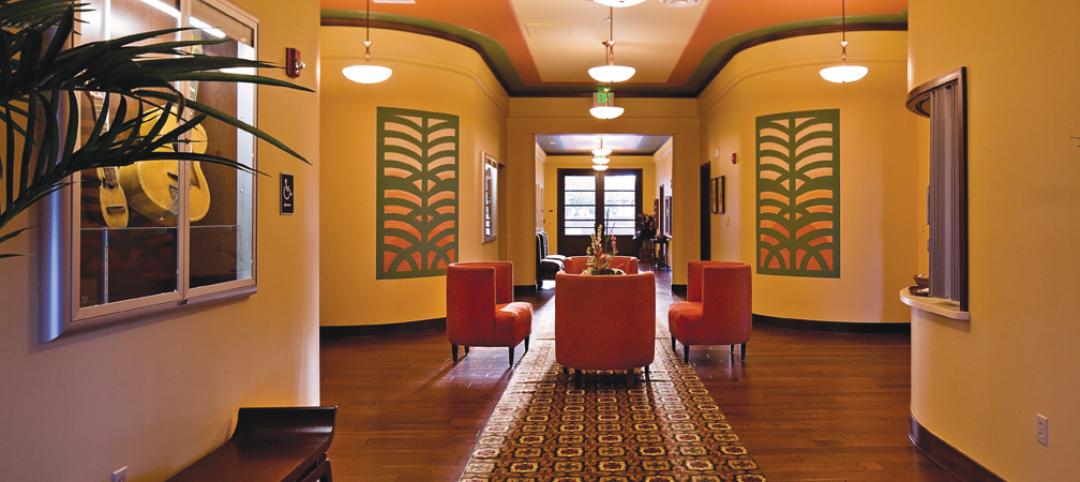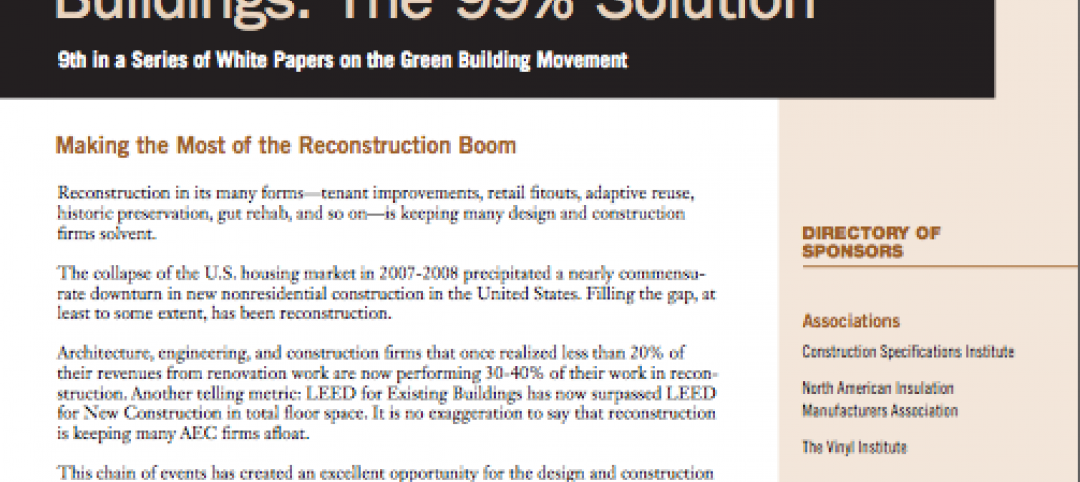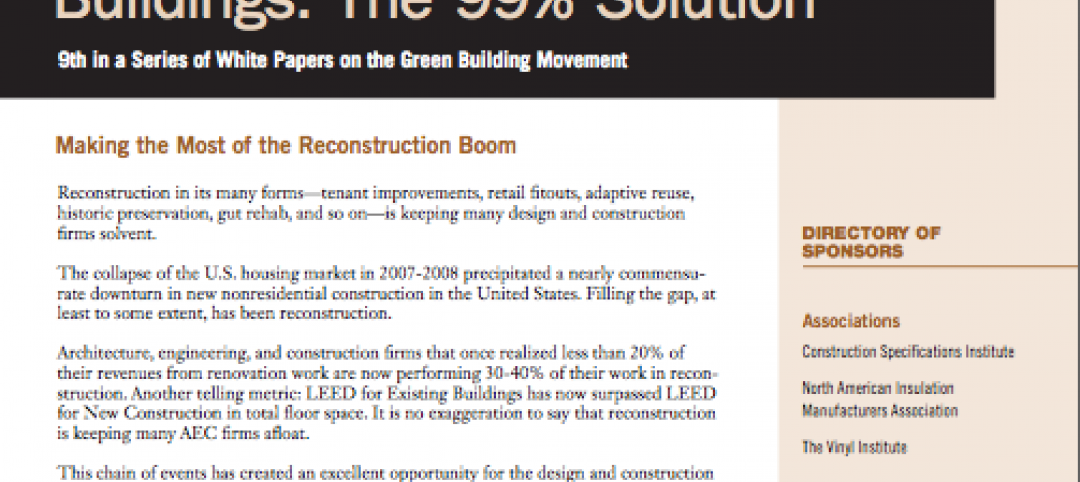Don’t expect to see the roof of Paris’ Notre Dame Cathedral adorned with an infinity pool or a greenhouse filled with exotic plants in the near future.
After a fire destroyed the building’s spire and much of its roof on the evening of April 15, ideas from both professional and amateur architects and designers alike have been presented for how to restore the centuries-old building. While some have been more realistic than others, the French Senate has decided to put a stop to any theorizing of what is to come.
See Also: Notre Dame fire highlights danger of renovating historic structures
The Senate recently approved the restoration bill passed by the French Parliament, but added a clause that states the Cathedral must be rebuilt and restored to its last known visual condition. Additionally, the bill allows work on the project to be completed before the Paris Olympics begin in 2024, a timeframe that some fear is too accelerated and concerned more with politics than careful historical restoration.
Due to the changes made in the bill, the Senate and the Assemblée nationale must now come to an agreement on a version of the bill before it can become law, according to The Local, a European news site.
Related Stories
| May 31, 2012
Product Solutions June 2012
Curing agents; commercial faucets; wall-cladding systems.
| May 31, 2012
2011 Reconstruction Awards Profile: Ka Makani Community Center
An abandoned historic structure gains a new life as the focal point of a legendary military district in Hawaii.
| May 29, 2012
Reconstruction Awards Entry Information
Download a PDF of the Entry Information at the bottom of this page.
| May 24, 2012
2012 Reconstruction Awards Entry Form
Download a PDF of the Entry Form at the bottom of this page.
| May 11, 2012
2012 White Paper: High-Performance Reconstructed Buildings: The 99% Solution
Download the complete White Paper, Chapters 1-10
| May 11, 2012
Chapter 10 Action Plan: 18 Recommendations for Advancing Sustainability in Reconstructed Buildings
We offer the following recommendations in the hope that they will help step up the pace of high-performance building reconstruction in the U.S. and Canada. We consulted many experts for advice, but these recommendations are solely the responsibility of the editors of Building Design+Construction. We welcome your comments. Please send them to Robert Cassidy, Editorial Director: rcassidy@sgcmail.com.
| May 11, 2012
Chapter 9 The Key to Commissioning That Works? It Never Stops
Why commissioning for existing and renovated buildings needs to be continuous to be effective.











